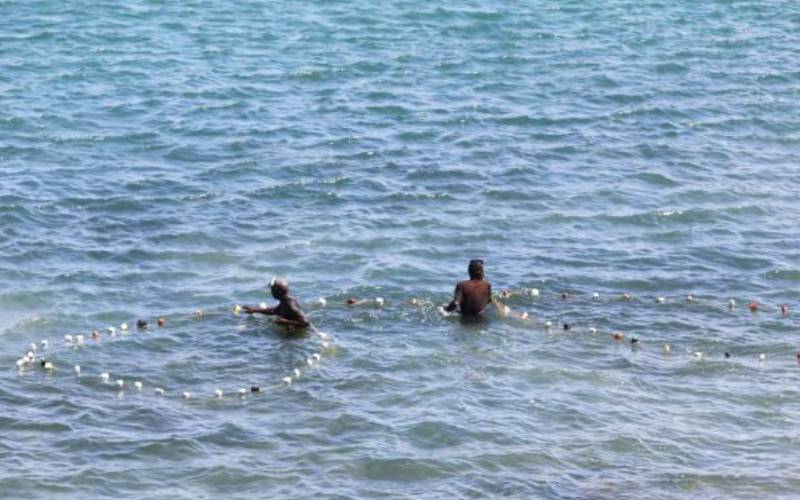×
The Standard e-Paper
Stay Informed, Even Offline

Fishermen cast their net to try their luck at the waters of the Indian Ocean along Mama Ngina Waterfront in Mombasa County. May 18, 2021. [Kelvin Karani, Standard]
Poor governance, government’s willingness to do business with foreigners, and inadequate fishing gear continue to hurt local fishing communities at the Coast as foreigners fish out Kenya’s stocks.